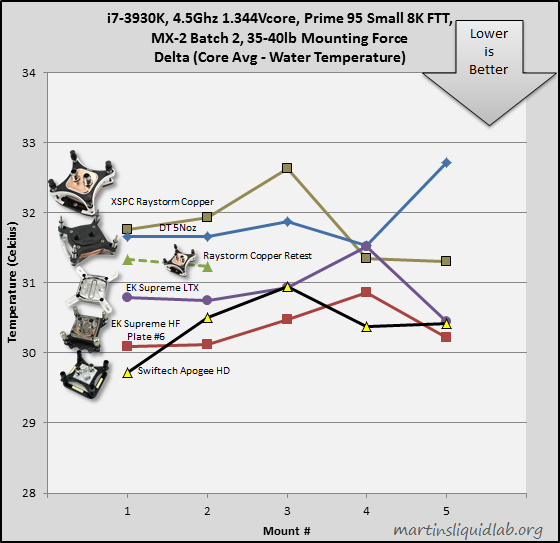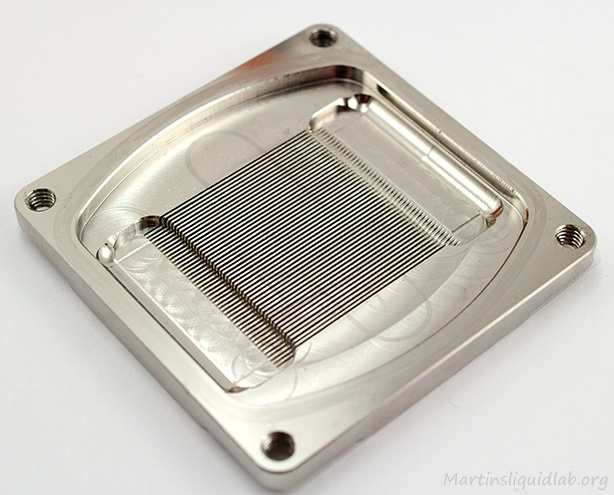
Originally Posted by
Liam_G

Hey Ultrasonic, just to clarify I really respect your knowledge of TEC's and appreciate the time and effort you go to to respond to me as well as all the research and coding you are doing to get this open source controller up. I'm sorry for hijacking your thread, I never thought everybody else would jump in and have a crack, I asked here because I know you have experience in this and can tell me one way or the other what works, I should have just PM'd you.
The question about hot side waterblock style was legitimate though and i would appreciate your opinion/knowledge because i do believe there could be room for improvement there, i know the maze style block works as evidenced by your chiller blocks, but is there more to be gained, have you tested a pin matrix block or a microfin block? With such a large number of TEC's it seems like there could be a need for a change...
To simplify i may just run the loop like this with your style of chiller blocks:
RES>PUMP>480 RAD>3 TEC CHILLER>480 RAD>3 TEC CHILLER> All other components.
PS, no need to waste your time modeling anything and running simulations in solidworks, i can do that myself if i can't get the answer i need out of you Ultrasonic.
Thanks for taking the time to educate me!
Also, to any moderators, feel free to snip all this out from my first post in thread onwards and create a new thread.
digital storm had a revised version that is direct die.




 Reply With Quote
Reply With Quote












Bookmarks